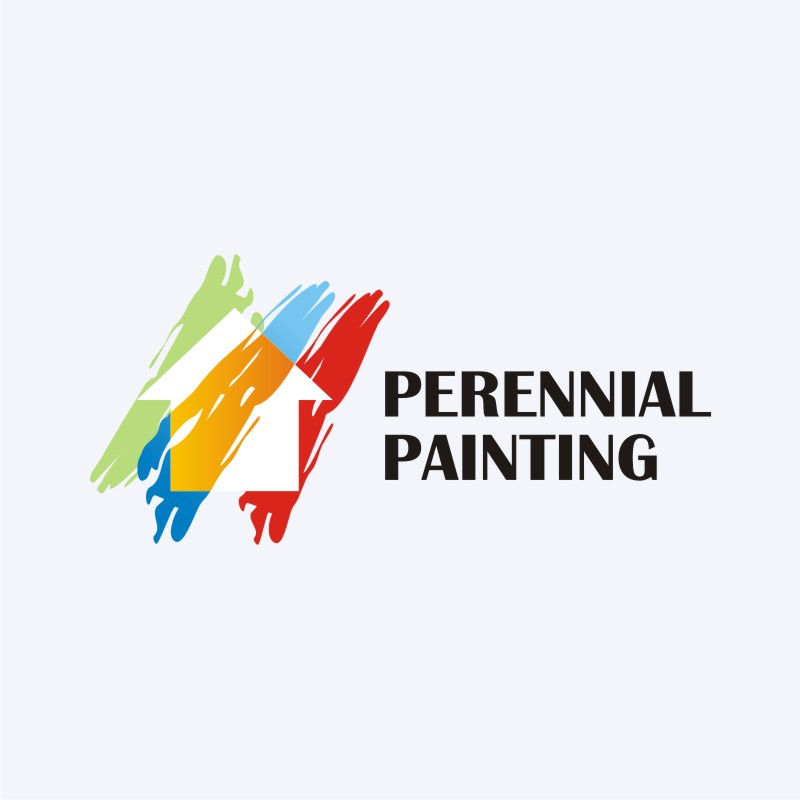Variables To Consider For Industrial Outside Paint By Season: Essential Details You Need To Have
Variables To Consider For Industrial Outside Paint By Season: Essential Details You Need To Have
Blog Article
Write- please click the next page Developed By-Ford Celik
When you're preparing an industrial external painting job, seasonal variables can make or break your outcomes. You'll wish to consider exactly how temperature and moisture influence paint application and drying out times. Picking the right period can ensure your paint adheres effectively and lasts longer. However which seasons are genuinely the very best for this kind of work? Let's explore the key elements that can impact your project's success.
The Influence of Temperature Level on Paint Application
When you're preparing a commercial exterior painting job, the temperature level can dramatically affect how well the paint sticks and dries out.
Preferably, Suggested Internet page wish to repaint when temperatures range between 50 ° F and 85 ° F. If it's too cold, the paint may not heal properly, leading to problems like peeling or breaking.
On the flip side, if it's too warm, the paint can dry as well quickly, preventing proper attachment and resulting in an uneven finish.
You need to also consider the time of day; early morning or late afternoon offers cooler temperature levels, which can be more positive.
Constantly examine the supplier's suggestions for the details paint you're making use of, as they often give support on the suitable temperature level range for optimum results.
Moisture and Its Impact on Drying Times
Temperature level isn't the only ecological factor that influences your industrial outside painting task; moisture plays a considerable role also. High humidity levels can reduce drying out times substantially, influencing the total quality of your paint work.
When the air is filled with dampness, the paint takes longer to treat, which can lead to issues like inadequate attachment and a greater threat of mildew growth. If just click the following document on a particularly damp day, be gotten ready for prolonged wait times between layers.
It's critical to keep track of neighborhood weather and plan appropriately. Ideally, go for humidity levels between 40% and 70% for optimum drying.
Maintaining these consider mind guarantees your task stays on track and delivers a lasting surface.
Best Seasons for Commercial Outside Paint Projects
What's the best time of year for your commercial outside paint tasks?
Springtime and early loss are typically your best bets. During these periods, temperature levels are mild, and humidity degrees are typically reduced, producing excellent conditions for paint application and drying.
Avoid summertime's intense heat, which can trigger paint to dry too swiftly, resulting in inadequate bond and finish. Likewise, winter season's chilly temperature levels can prevent proper drying out and healing, running the risk of the durability of your paint task.
Aim for days with temperature levels between 50 ° F and 85 ° F for optimum results. Remember to examine the regional weather forecast for rain, as damp conditions can destroy your project.
Planning around these elements ensures your painting task runs smoothly and lasts much longer.
Conclusion
Finally, preparing your commercial outside paint tasks around seasonal factors to consider can make a significant distinction in the end result. By organizing when to paint ceiling same color as walls throughout the suitable temperatures and humidity levels, you'll make sure far better adhesion and drying times. Bear in mind to keep an eye on neighborhood weather forecasts and choose the correct time of year-- springtime and early fall are your best options. Taking these steps will aid you achieve a resilient and specialist finish that lasts.
